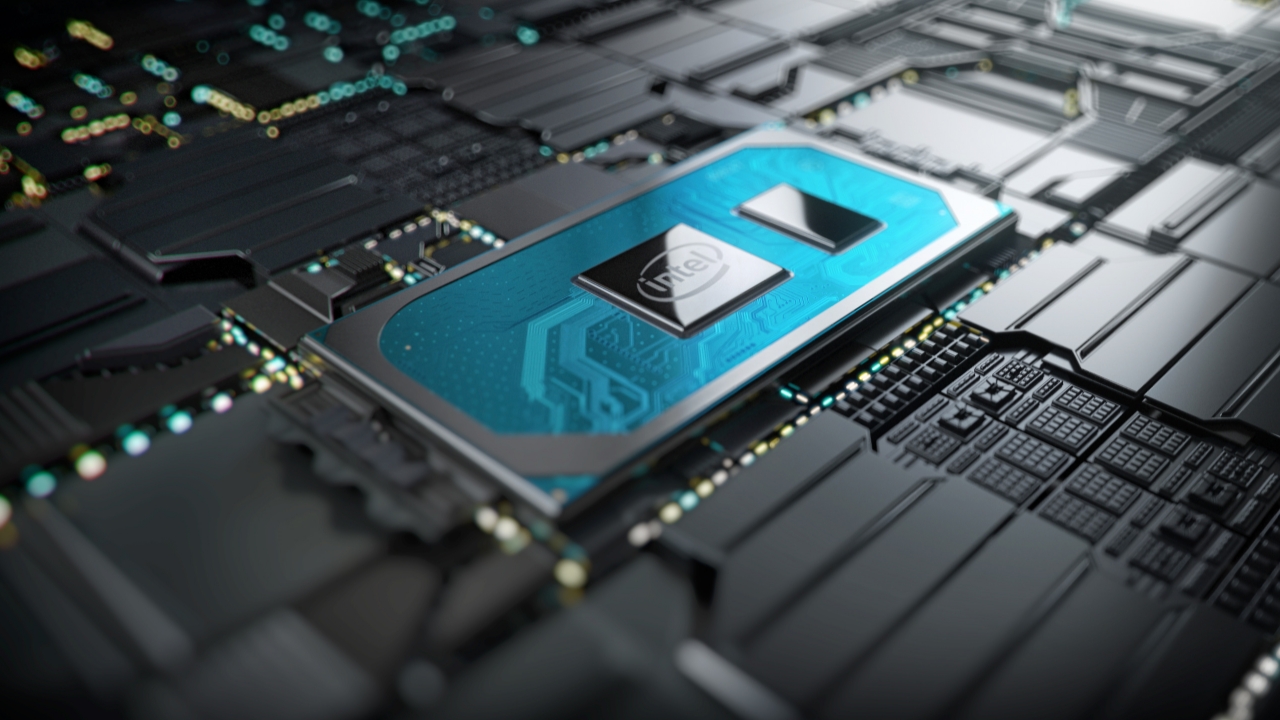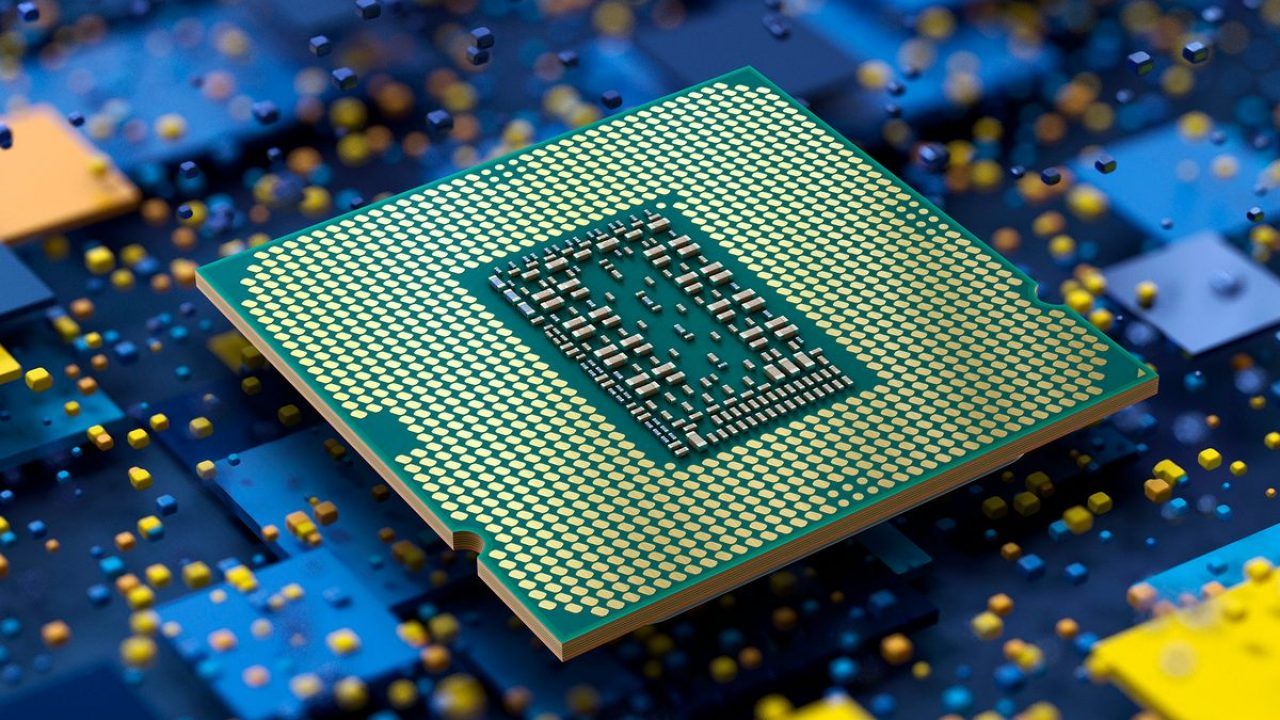Intel continues to work to maintain its leadership in the processor race. Information about the work of the company, which spent overtime for the new processor architecture, began to come. Here are the first details about Intel’s Lunar Lake architecture:
Intel’s Lunar Lake architecture promises a significant performance boost
Intel plans to introduce the new Lunar Lake architecture in late 2024 or early 2025. Considered to be a mobile-oriented architecture that focuses on low power consumption and performance per watt, Lunar Lake will be the sequel to Meteor Lake.

On the desktop side, the renewed Raptor Lake processors are expected to arrive in late 2023. When we come to 2024, we will meet processors with brand new Arrow Lake architecture. However, the company’s plans for this architecture have not been finalized yet.
On the other hand, according to the latest information, Lunar Lake will host up to four Lion Cove performance cores and 4 Skymont efficiency cores. While this setup doesn’t sound too impressive, we’re probably dealing with 15W U-class CPUs here. It is worth remembering that the Intel i7 1365U only has two performance cores. Therefore, we can expect a significant performance improvement from the next generation processor.
Another major upgrade about the next-gen processors is that it will host an Arc Battlemage GPU with up to 64 Xe2 execution units. We know very little about aBttlemage for now, but we can safely say that it will outperform Arc Alchemist. It is among the information that Intel has detected problems in its GPU and made important updates.

Of course, we still have a long time to introduce the new architecture. Therefore, until the launch day, changes may occur in processor architectures. However, with the increase in the number of performance cores and possible GPU improvements in a 15W package, much better processors in the new generation seem to be waiting for us.
Intel seems to be keeping things tight for its next-gen processor architecture. So what do you think about the new Lunar Lake processor architecture? You can share your views with us in the comments section.